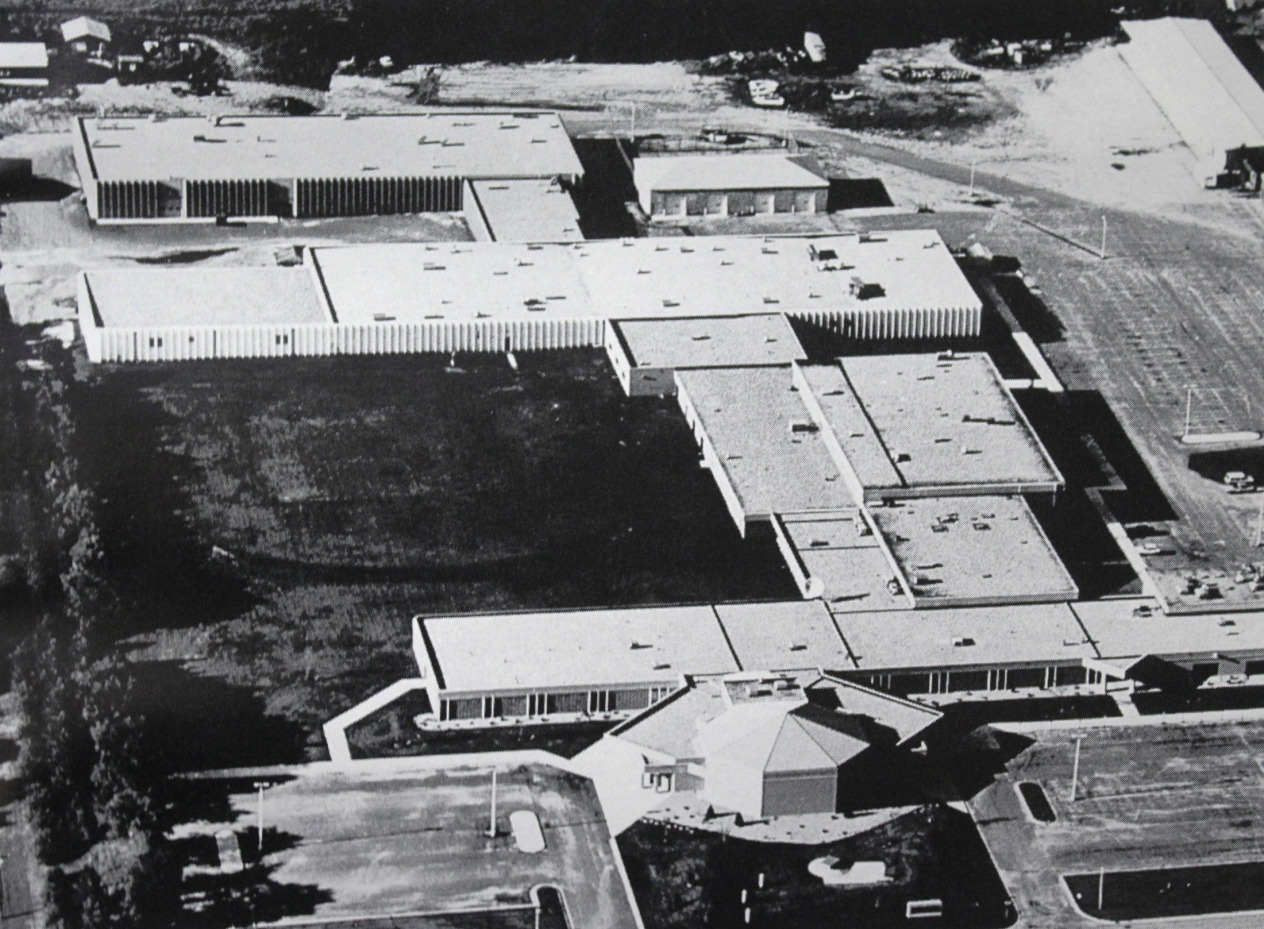Student Modality Survey
Project Purpose
M State has experienced increased enrollment in courses with an online component vs. traditional on-campus, in-person courses in recent years. This research project was identified to better understand student preferences and experiences in online and flexible modality courses.
The purpose of this project is to:
- Inform future modality offerings
- Determine technology requirements and resources needed for equal access to various modalities
- Identify ‘critical to quality’ (CTQ) elements for technology enabled modalities
- Analyze what students view as important, high-level elements of an online learning experience compared to levels of satisfaction to identify key areas to foster engagement in the virtual classroom. This includes items such as general interactions, orientation and working with peers.
- Understand what services students want available online and/or on-campus and at what times (e.g. advisors, financial aid, IT, faculty, counselors, social workers, etc.)
Deliverables
- Create and deploy a student modality survey
- Conduct student focus groups
- Analyze results
- Report findings to leadership
Project Scope
In Scope
Student experiences and expectations for online courses (all course content is online) and flexible modality courses (student can attend in-person or remotely, either on-campus or in a room on another campus).
Out of Scope
Student experiences and expectations for on-campus courses.
Effectiveness Measures
- Enrollment in online and flexible modality courses
- Student surveys
- Faculty and staff feedback
Constraints
Bargaining unit contractual obligations.
Financial Impact
The college must pivot to support faculty and students with online learning to maintain and grow enrollment as we transition to a ‘new normal’ of higher education after the impact of COVID-19. Results will inform IT spending on classroom technology.
Summary of Results
Survey Data
- Survey response rate 14.2% (2,757 emails sent, 463 surveys started, 391 surveys finished)
- 87% of students who responded to the survey had taken an online course (all content online); 26% had taken a flexibly modality course (students can attend either in-person or remotely)
- 74% of students indicated they were likely or highly likely to enroll in an online course in the future (n=288); 50% selected likely or highly likely to enroll in a flexible modality course in the future (n=190)
- 55.5% of students who have taken online courses value their flexibility (work at own pace/own time, work/life balance, etc.)
- Students feel like there are opportunities to have more regular interactions with faculty in online courses.
- 46% said a synchronous meeting time for students and the faculty to meet together would help them stay up-to date in the class, interact with classmates and receive immediate feedback.
- Gap analysis
- Importance/Satisfaction of Attending Remotely

Distribution of Results
Results were shared with M State leadership and Shared Governance Council.
Use of Results
The results were used to develop and implement a process to review courses for regular and substantive interaction (RSI) and develop a professional development series on RSI that was implemented in faculty summer workshops and in-services.
Future Direction
This project helped inform the decision to dedicate resources to hire a dean of extended learning, who will focus on improving onboarding students into the online learning environment and enhancing student engagement in online courses in FY24 (see the FY24 Annual Work Plan). The results of this project were also taken into consideration in FY23 for course scheduling and modality decisions to build the Year-long Registration Model.
